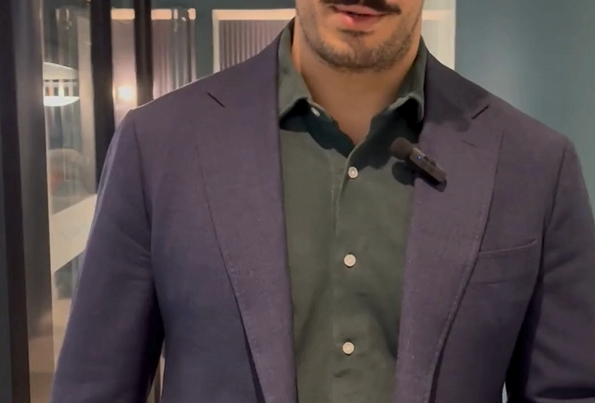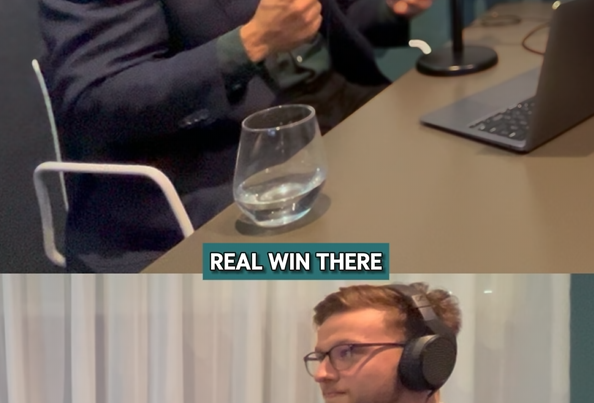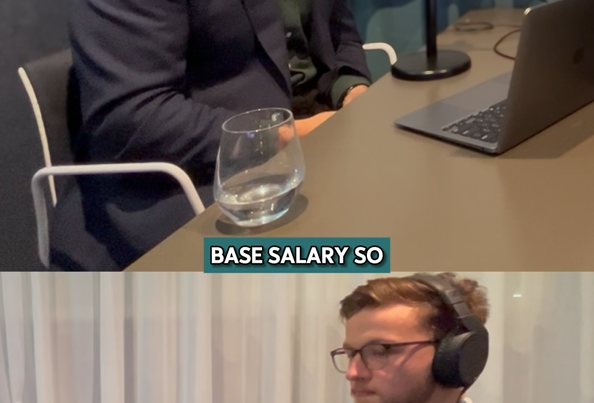It’s time to get interview ready! But what about those pesky behavioural questions that try to trip us up? Believe it or not, those questions aren’t designed as a boobytrap!
Behavioural-based questions are simply a way for interviewers to gain better insight into how you might approach certain situations. They give a glimpse into your working style and allow them to see how you may best align with their opportunity. Are you analytical? People driven? Perfect in a tight situation? Or best left to your own devices?
Behaviour-based questions can be a quick way for interviewers to learn more about a candidate’s true personality.
Unfortunately, while we may logically know all this – we can often still trip ourselves up while answering interview questions. Occasionally, talking in loops or fumbling with our response. It can be embarrassing but more often than not, it can just be frustrating! Knowing you have the perfect reply but are at a loss as to how to word it.
Using the STAR method will help combat this. Assisting you to better paint a complete picture for the interviewer and give them a clear response. Addressing the questions successfully while giving you the boost you need to feel confident and in control!
What is the STAR method?
S.T.A.R stands for Situation, Task, Action and Result. A simple acronym designed to help you remember how to format the perfect response to behavioural based interview questions.
Be the STAR of your own interview and let your skills shine bright by using this simple method to answer questions clearly.
Situation
Identify the situation that’s being asked about within the question presented. Then use that situation as the base of your response.
For example: ”Tell me about a time that you had to deal with a difficult customer.”
The situation in this scenario is a difficult customer.
So the first part of our response is to give the interviewer a better understanding of the situation we experienced surrounding a difficult customer.
Task
For the task, we want to ask ourselves about our motive. You need to identify what task was given to or taken by yourself to address the above situation.
In the above situation, you were tasked with dealing with a difficult customer.
To formulate your response correctly, you’ll need to paint a clear picture of what needed to be fixed/addressed before going into the next step.
In the example, the situation is a difficult customer and your task was to deal with them. What in this scenario could dealing with them mean? Set the scene clearly before walking the interviewer through your actions and result.
Think of your task as an opportunity to give insight into your thinking process.
Action
You know what you need to do (task), but what action/s do you need to take to perform it?
Now is your opportunity to explain to the interviewer how you actioned your task. Give a clear explanation of how you performed your task without skipping over the why. Interviewers want to know the process behind the action just as much as the outcome.
For example:
Situation- I once had a difficult customer who was exceptionally unhappy with their service.
Task – I had to try to calm them down and regain their trust in our service.
Action – I actively listened to what they needed to say to feel heard and valued. I wanted to make sure they knew they were appreciated as a customer, so I offered them my office as a quiet space. Then I made sure I addressed each of their concerns one by one.
Result
Now, it’s time to tie it all together by sharing the result. Everyone wants an end to a story. Whether it’s a positive or negative ending, an incomplete finale brings zero satisfaction to the listener.
You want to make sure that you can demonstrate that your actions have an outcome. So complete the scene by sharing the result/s with your audience.
What was the outcome of your actions? Did you solve the issue? Was the customer happy? Did they come back? Or did it escalate?
Any development on the situation ( the difficult customer) should be mentioned, including any lessons learned.
If you weren’t able to rectify the situation, what did you take from the experience? Do you now know what to do in the future if something similar occurred? Even if the story didn’t necessarily have a ‘happy ending’ it’s important to share the value you took from it. After all, that’s what the interviewer is really looking for. Your process, your thought pattern and your ability to problem-solve (even if it’s after the fact).
Extra icing
Now that we have given a clear, well-rounded response, why not take that extra step and mention any further developments in the situation?
If you followed up with the customer 2 weeks later, make sure to mention this as it will show your proactiveness in your role. Did you teach your peers how to solve that problem too? Mention that as well! It highlights leadership qualities and a team spirit. Any extra step shows your character and commitment- and that’s what the interviewer wants to see!
For more tips and tricks to help you get that dreamy new role, check out these handy resources:
- Top 5 Resume Mistakes
- Making First Impressions Count
- How To Build A Good Rapport
- Interview Resources
Looking to make a career change? We have access to a range of job opportunities you won’t see posted anywhere else (sorry, SEEK) and specialised consultants whose job is to help you every step of the way! Contact us and see what opportunities may be available to you.
Want even more insight into the latest twist and turns, tips and tricks, and industry know-how? Sign up to our monthly newsletter!








